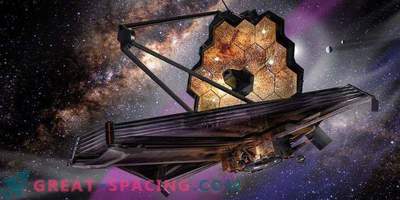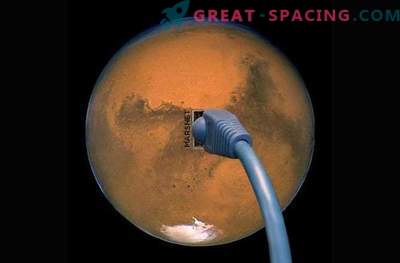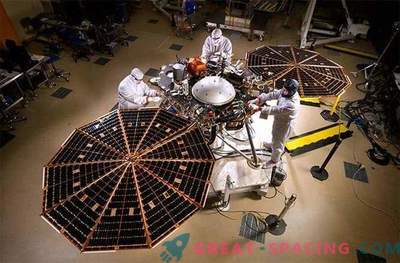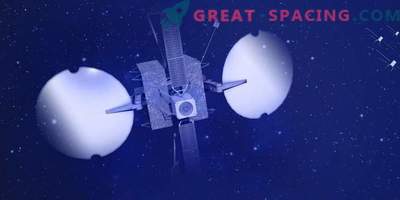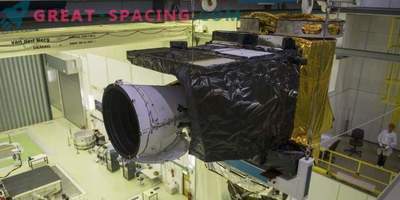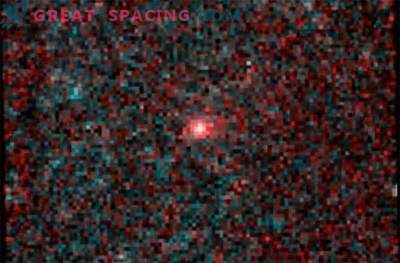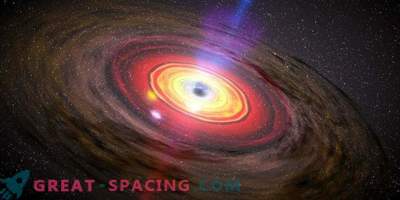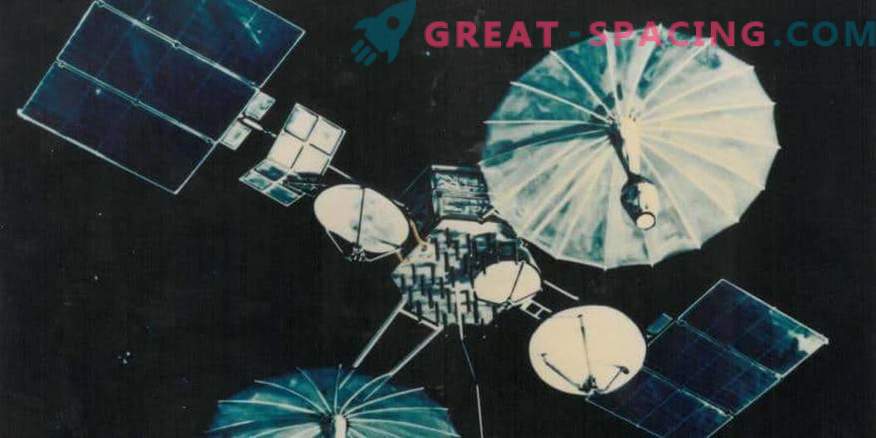
When the astronauts were just beginning to master the orbit, they could communicate with the earth only by 15% from each orbit. If the situation continued, the ISS could communicate with us only 15 minutes. However, the space communication network allows to provide a connection practically without interruptions.
TDRS is an important step because these satellites guarantee communications and navigation for NASA missions. The first satellite was sent in 1983, and the last one is scheduled for August 18, 2017. It will become part of a large fleet and will begin to provide space communications in the mid-2020s.
The space network created the Goddart Space Flight Center in 1973 to reduce mission dependence on ground stations. Prior to that, the space shuttle and the space laboratory had to go to a special point for communication.
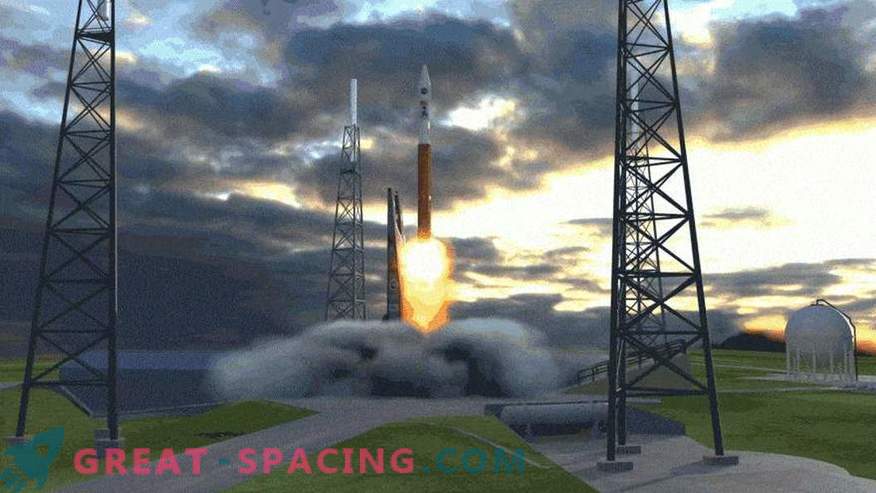
TDRS-M starts on August 18, 2017 on board the Atlant-V rocket
After the operation of the first two satellites, communications increased to 85%. The remaining 15% were located over the Indian Ocean and were called the “exclusion zone”. In 1998, they managed to capture it, having achieved 99% of the connection. Now there are 9 TDRS in orbit, transmitting information through three different frequencies of radio waves. The range of missions is increasing, so there is a need for new models.
Now NASA is developing a new generation of satellites that use optical communications that encode information in the light beam. This will allow you to transfer more information and reduce the time to connect.
Over the past 34 years of their operation, we managed to learn a huge store of knowledge about our system. Laser communication will be a new era for space communication, which for many years will be able to guarantee uninterrupted communication between us, the colonists and technology.
Demonstration of laser communication will be held in 2019. It will be able to provide 10-100 times more information and better quality.

